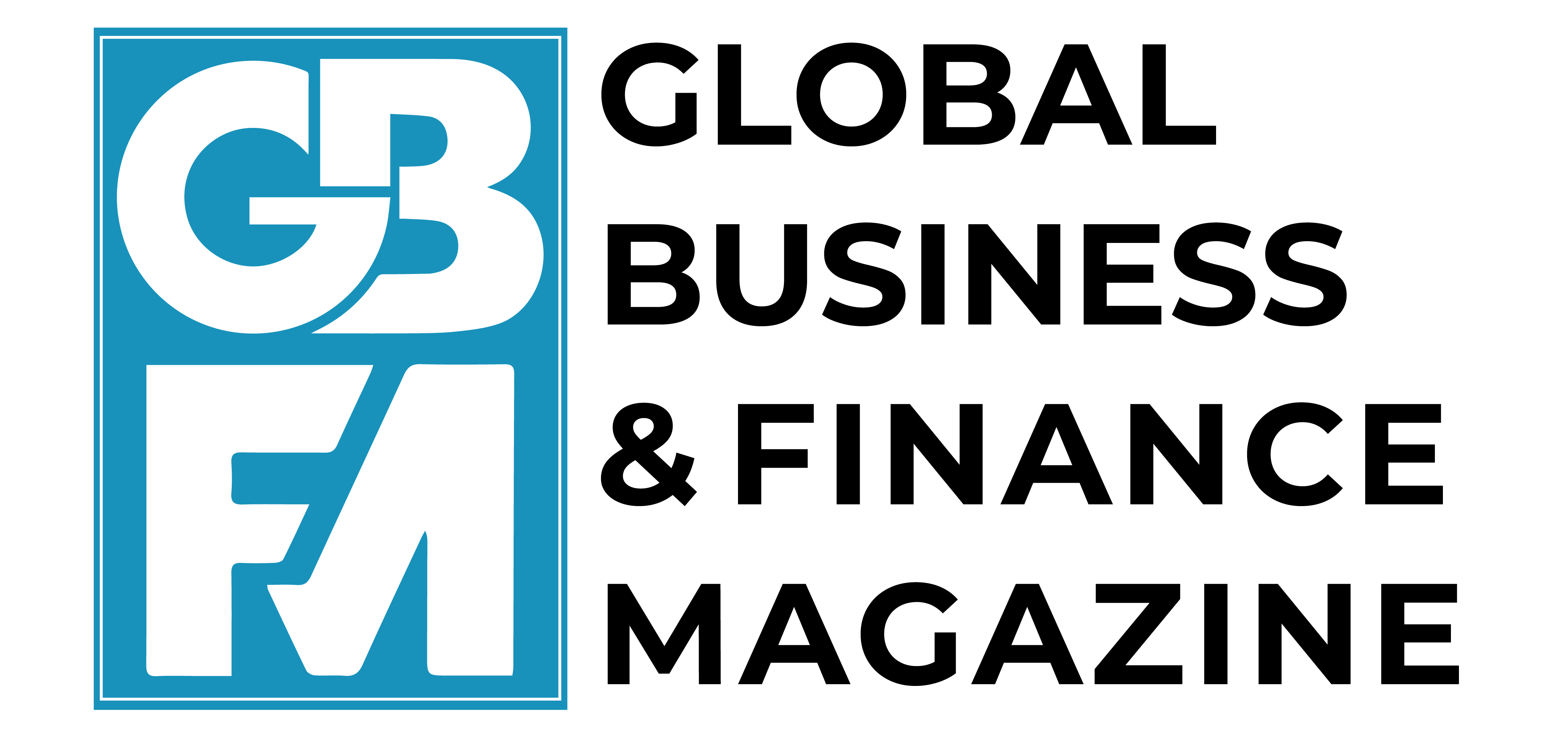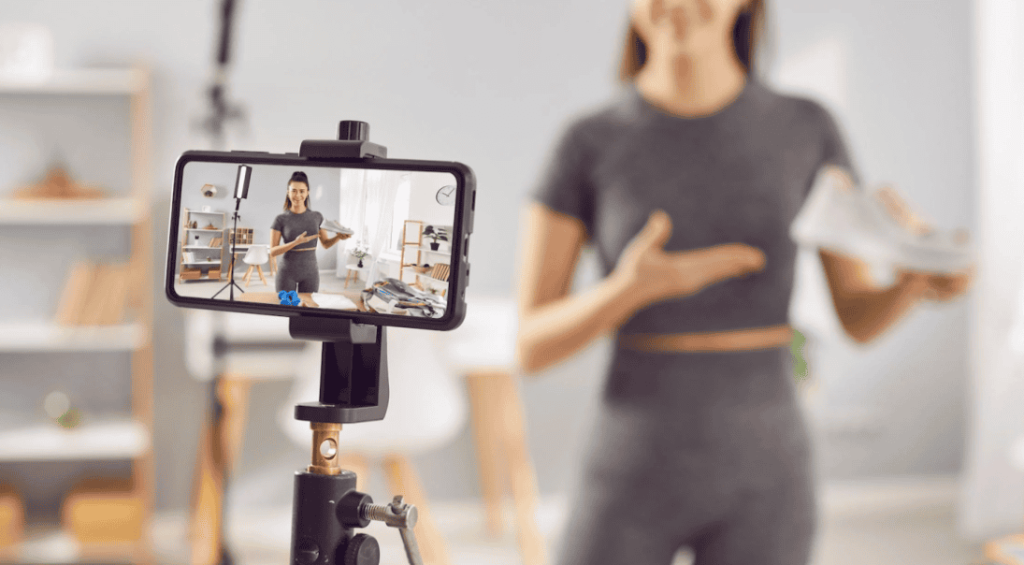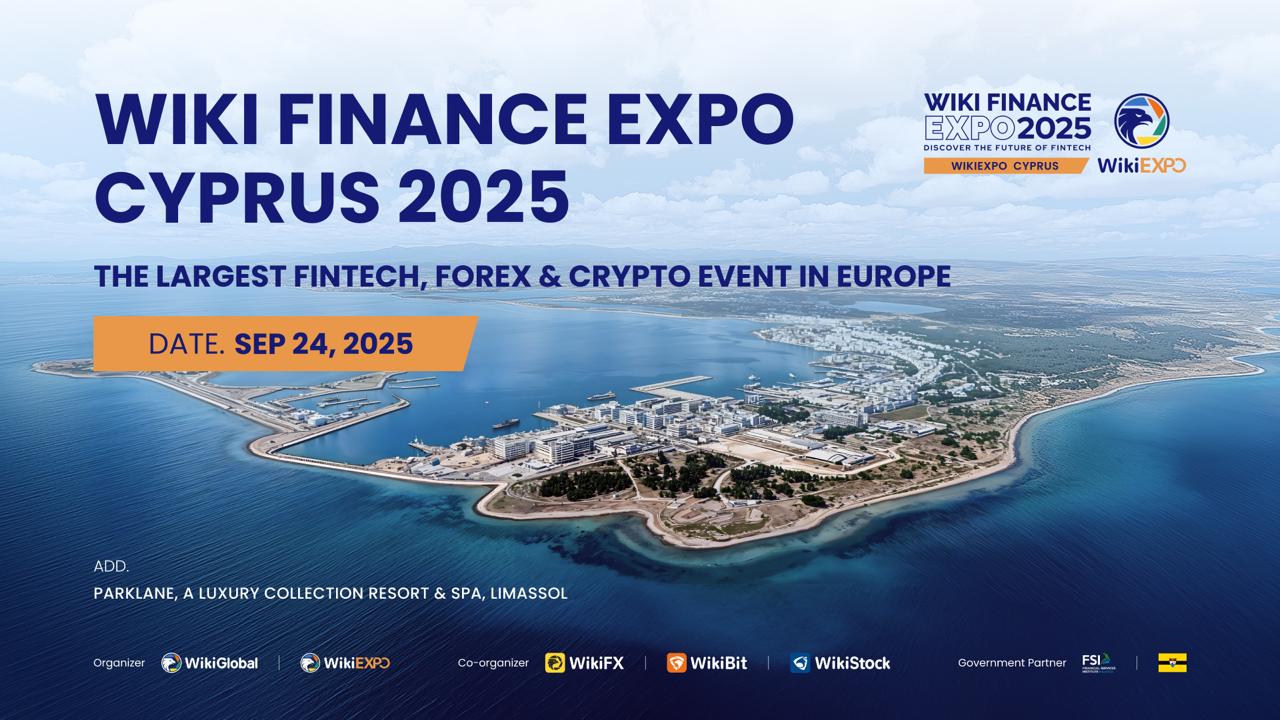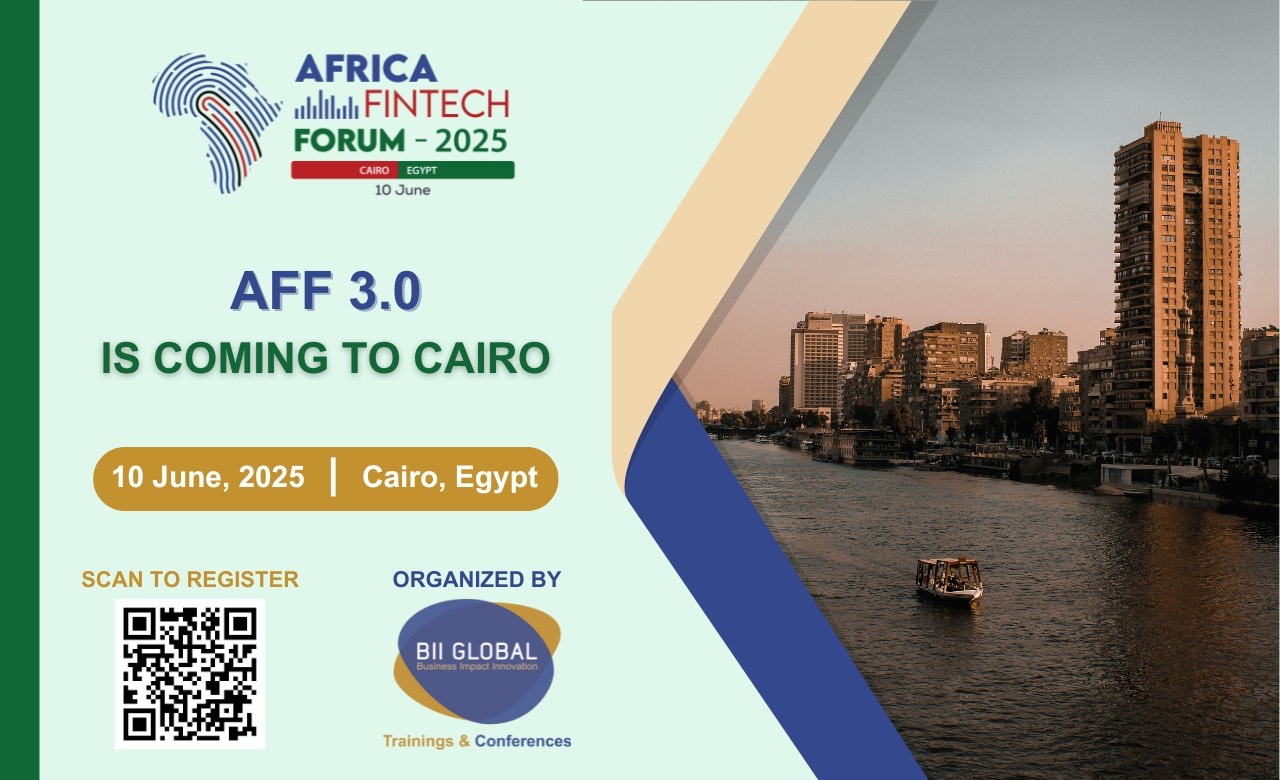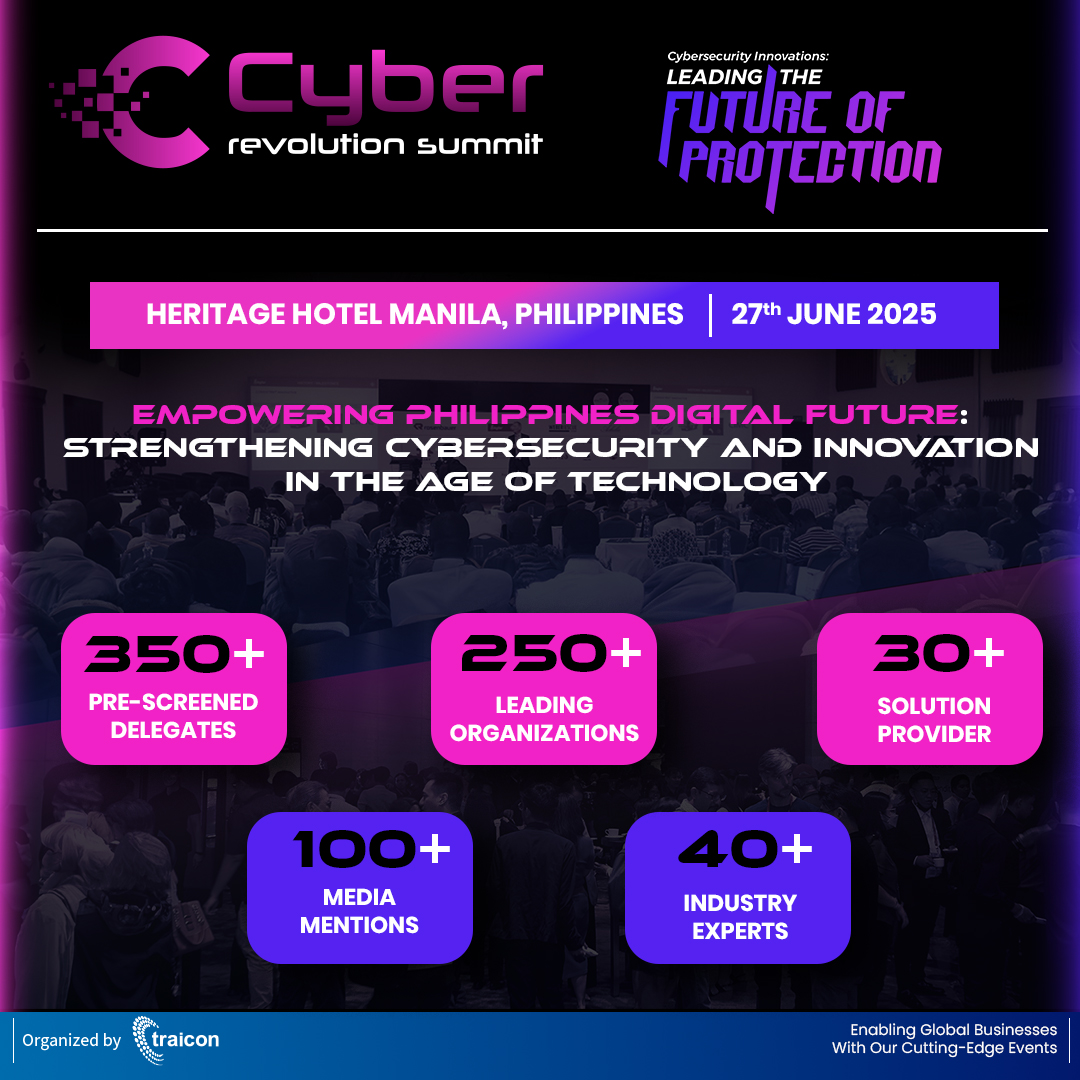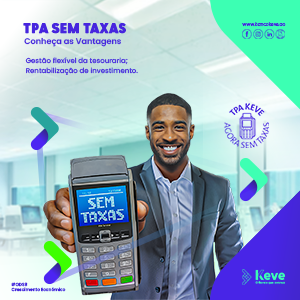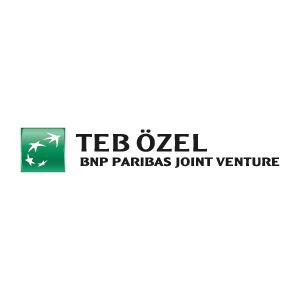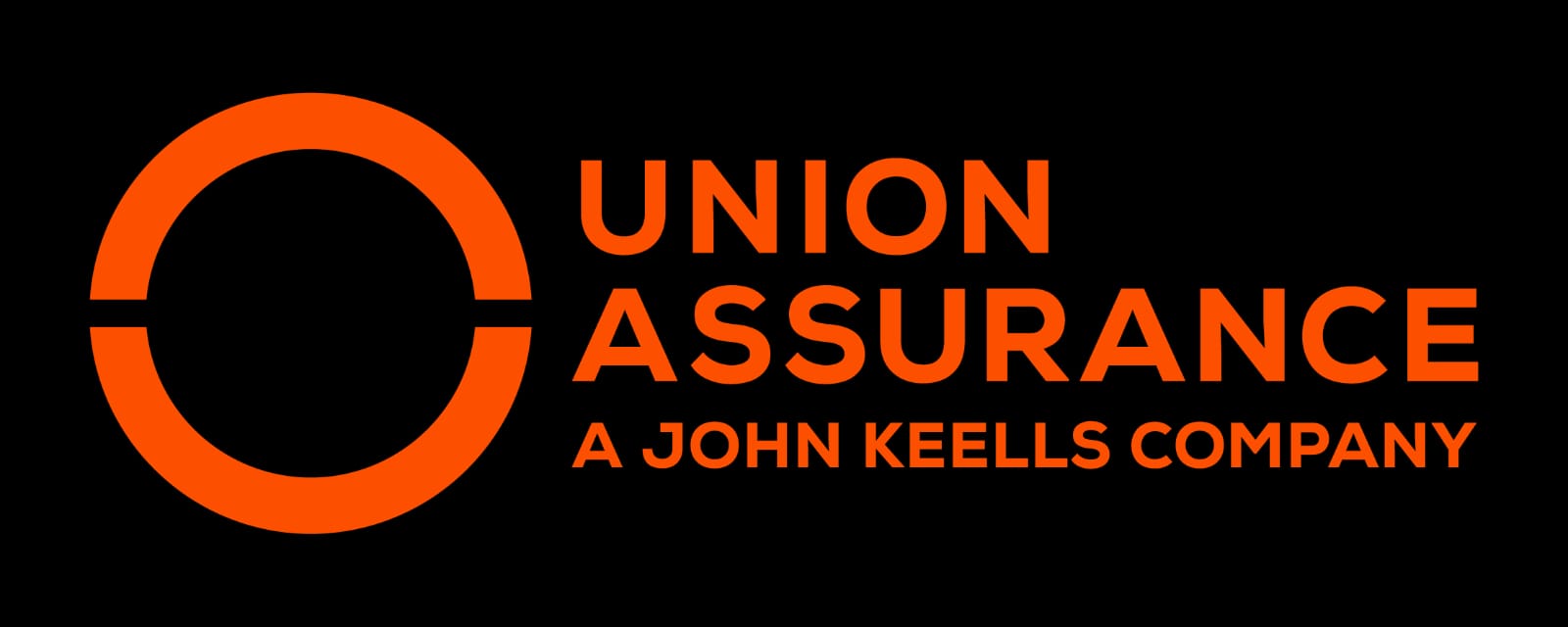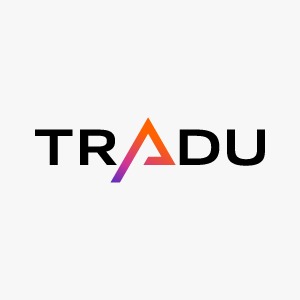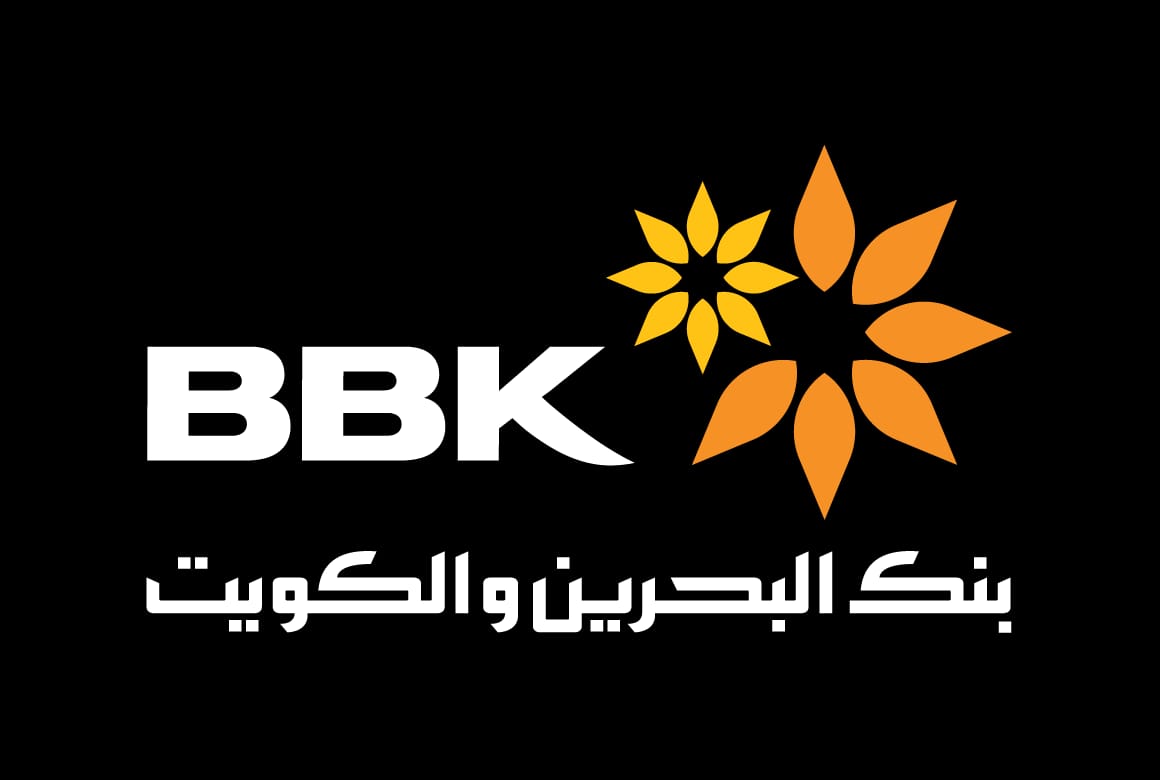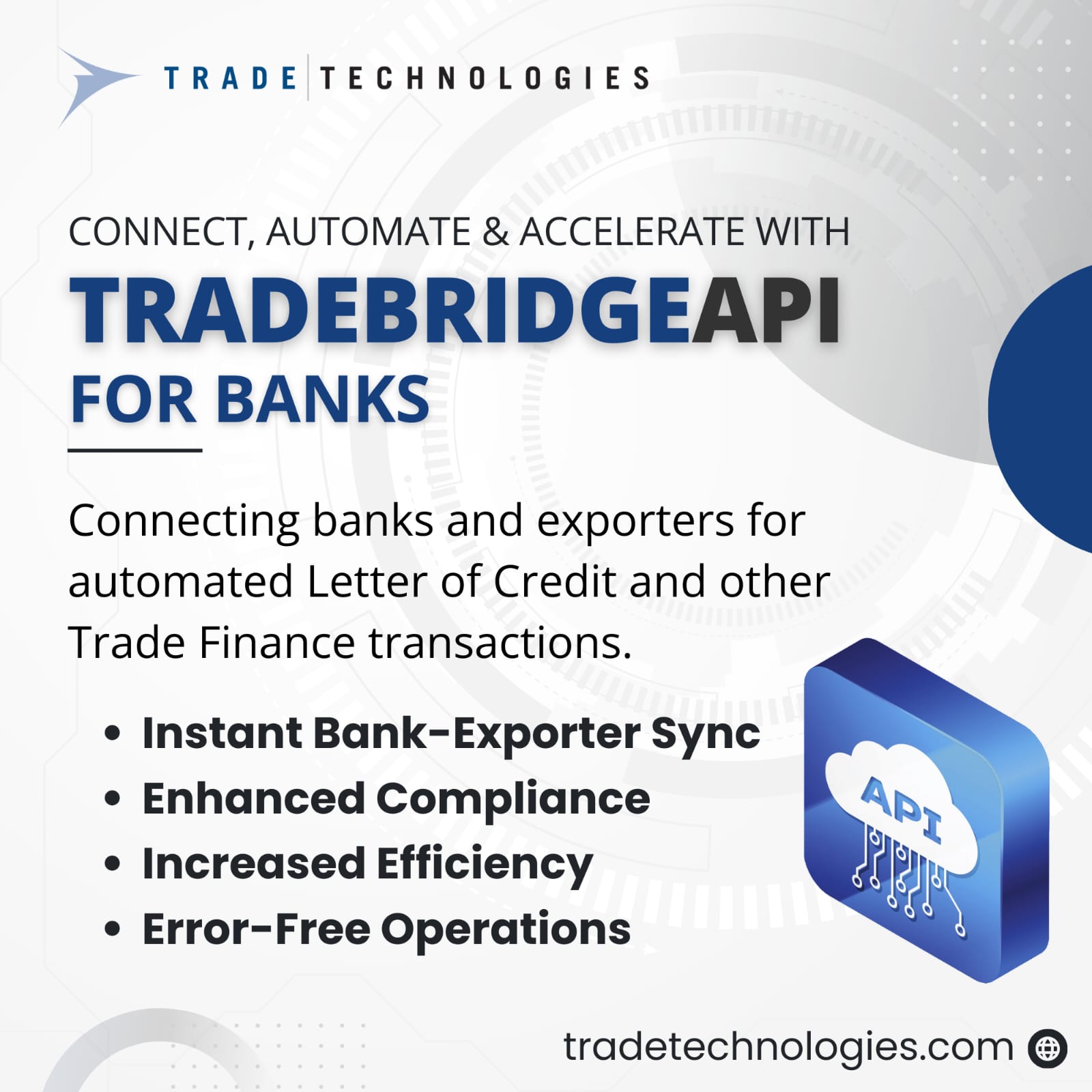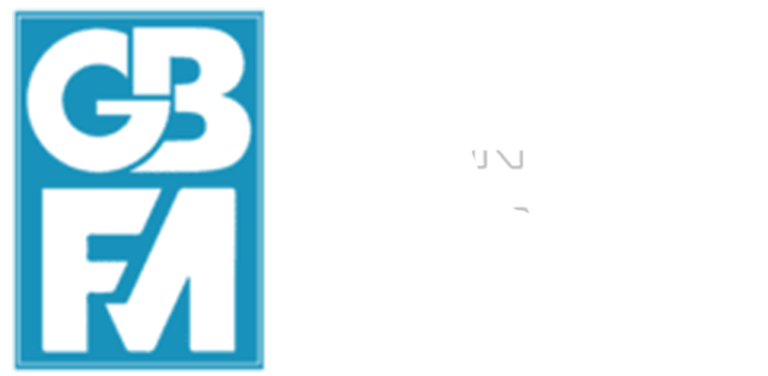Social media influencers have become a powerful advertising channel, but social media advertising is still little regulated, with limited enforcement of disclosure regulations. This column analyses over 100 million tweets from 2014 to 2021 for disclosure rates. The findings suggest that the vast majority of commercial content on social media is not appropriately disclosed by the influencers who post it. Consumers are not able to distinguish commercial and non-commercial content absent disclosure labels. These results indicate the need for additional regulatory scrutiny of undisclosed advertising online.
Social media platforms have grown in popularity and influence over the last 20 years (Aridor et al. 2024), and they now affect consumer shopping habits (e.g. fashion trends), mainstream media coverage (Hervé et al. 2022), and even political discourse and voting (Müller et al. 2020). For advertisers, social media platforms became an important channel through influencer marketing, which monetises the attention that popular social media users (i.e. the influencers) receive from other users. Because influencers are often ordinary users, their endorsement of a brand’s products and services is perceived to be more authentic than a ‘direct’ ad from the brand.
Disclosure choice and regulation
Traditional advertising channels are governed by numerous regulations – e.g. restrictions on advertising for children, restrictions on the advertising of financial products, and mandated disclosure of any paid-for commercial content. However, the legal landscape for influencer marketing and social-media advertising is more uncertain. Since influencers are often not ‘full-time’ advertisers, there is ambiguity about the extent to which traditional rules apply to them (Ducato 2020). In addition, prominently disclosing influencer posts as ads may reduce their authenticity, making them less attractive to the advertiser (Cheng and Zhang 2024, Pei and Mayzlin 2022).
Regulators around the world have attempted to mandate some forms of disclosure – typically using a hashtag such as ‘#ad’ – to minimise potential consumer confusion about payments involved in the production of online content. However, the enforcement of such disclosure regulation is often limited. In the US, for example, no influencers have been fined for non-disclosure, and only one brand received a small fine (Fair 2020). The non-disclosure of influencer advertising is emerging as an important policy concern, especially as influencers are producing more paid-for political content (Duffy and Fung 2024).
Despite growing concerns, empirically, there has not been a comprehensive analysis of the extent to which influencers disclose their brand affiliations and sponsored content. There have been some limited audits in the EU, which usually considered a very small set of influencers (European Commission, n.d.). Agency enforcement – for example, the Federal Trade Commission’s warning letters about non-disclosure in the US – also primarily targeted a small set of very popular influencers (Federal Trade Commission 2017). There is little sense of the overall level of disclosure of commercial influencers.
Uncovering undisclosed-sponsored posts
In a recent paper (Ershov et al. 2025, we provide the first comprehensive analysis of disclosure rates for a large sample of commercial content and track the evolution of disclosure over a long period of time. We use data from Twitter (now X) from 2014 to 2021, collecting all posts that mention any of 268 major US commercial brands from a variety of industries, including brands like Walmart, Netflix, and Coca-Cola. In total, this adds up to over 100 million tweets. Of those, approximately 2 million tweets are disclosed as sponsored.
The key challenge in understanding the extent of undisclosed sponsorship is that undisclosed-sponsored posts, by their nature, are hidden among ‘organic’ posts that were created without compensation. Nonetheless, there are many linguistic differences between sponsored and organic posts – for example, sponsored posts have more calls to action (e.g. ‘buy this’). Our goal, therefore, is to train a machine learning text-based classifier to distinguish between undisclosed-sponsored posts and organic posts. To do this, we need training data – labelled sponsored and non-sponsored posts that the classifier can use to systematically learn the features that distinguish them.
We choose disclosed-sponsored posts to stand in for undisclosed-sponsored posts in the training sample, under the assumption that influencers use similar language in both. For organic training posts, we focus on the most common terms in posts without disclosure. Assuming that undisclosed-sponsored posts are the minority class among posts without disclosure, these terms should be ‘organic’ in nature. Indeed, the top terms in posts without disclosure are clearly less commercial than terms in disclosed-sponsored posts. We choose a sample of undisclosed posts with top organic terms and without any disclosed-sponsored terms as our organic training sample. With this training sample in hand, we train the classifier and then use it to classify the undisclosed posts as either undisclosed-sponsored or organic.
Sponsorship non-disclosure across brands and over time
We find a substantial amount of non-disclosure. On average, approximately 95% of the posts that our classifier labels as sponsored do not have any disclosure hashtags. While there is some heterogeneity across brands and over time, it is relatively small. Figure 1 shows the distribution of annual brand-level non-disclosure rates (i.e. the share of brand posts in a year that are not disclosed) between 2014 and 2021. While disclosure improved over time, with the entire distribution shifting down, this improvement is small. For the average brand, the non-disclosure rate falls from 98% in 2014 to 94% in 2021. For the median brand, the decrease is from 99.7% non-disclosure to 97%. Even among brands who disclose the most, non-disclosure falls from 90% to just below 80%.
Figure 1 Distribution of annual brand-level non-disclosure rates


The overall lack of change is striking given the substantial efforts by the Federal Trade Commission to clarify the regulations over time. The Commission released several well-publicised guidances on its endorsement/disclosure rules in 2015, 2017, and 2019, but it does not appear to have been effective in substantially changing behaviour in the market.
We also find that brands in traditional industries, such as BestBuy, FootLocker, and Disney, are more likely to comply with regulations and disclose more. By comparison, sponsored content produced by younger brands (e.g. brands founded after 2000), and by brands that are more popular on social media, is less likely to be disclosed. Since younger brands likely rely more on influencer marketing and will continue to be popular in the future, overall disclosure rates are likely to stay low.
Consumer perceptions of commercial content
The extent of non-disclosure should not be a concern if social media users can easily distinguish between undisclosed-sponsored content and organic content. However, our supplementary analysis suggests this is not the case. In surveys conducted on Amazon Mechanical Turk (MTurk), we asked social media users to classify a randomly selected sample of 500 disclosed-sponsored posts with disclosure hashtags removed, showing each post to ten users. We found that only 66% of users could correctly identify the posts as sponsored. Moreover, looking at the distribution of post-level correct classification percentages, shown in Figure 2, there was a very small share of posts for which the MTurkers were in unanimous (or close to unanimous) agreement.
Figure 2 Distribution of post-level correct MTurk classification share


This suggests that consumers are not very good at distinguishing between commercial and non-commercial content without disclosure labels, highlighting the potential for consumer deception.
Conclusion
Despite increasing regulatory scrutiny, the vast majority of commercial content on social media is not appropriately disclosed by the influencers who post it. Our findings also suggest that consumers are not able to distinguish commercial and non-commercial content absent disclosure labels, consistent with concerns by regulators. These results indicate the need for additional regulatory scrutiny of undisclosed advertising online.
However, advertising disclosure regulations need to be designed carefully. Previous literature suggests that the introduction of stricter disclosure regulations will likely change the content influencers produce in ways that can have adverse effects on consumer welfare. For example, if disclosure reduces engagement and financial benefits from advertising, it may incentivise influencers to produce more advertising and less organic content (Fainmesser and Galeotti 2021, Mitchell 2021, Ershov and Mitchell 2025).
Source : VOXeu

